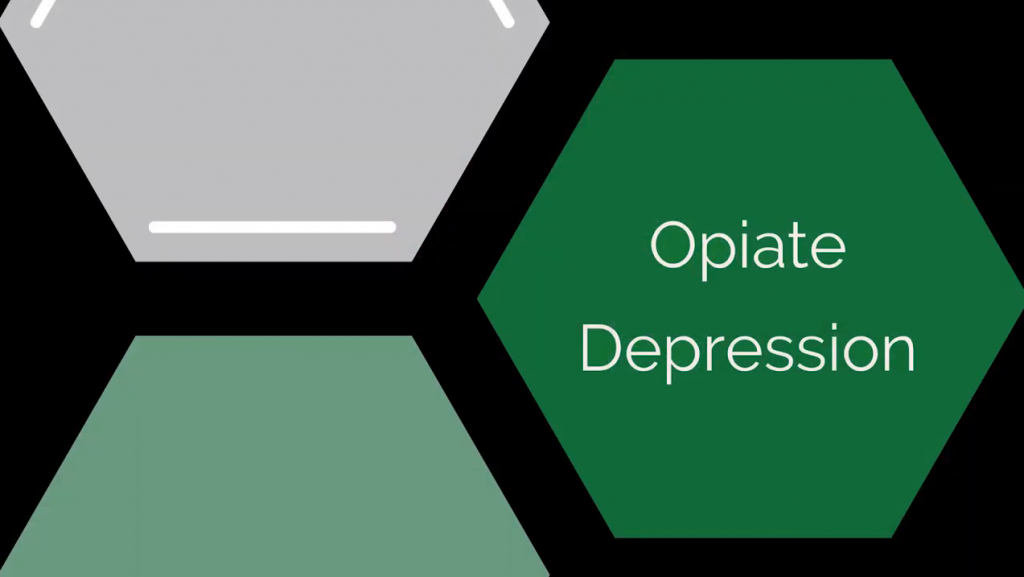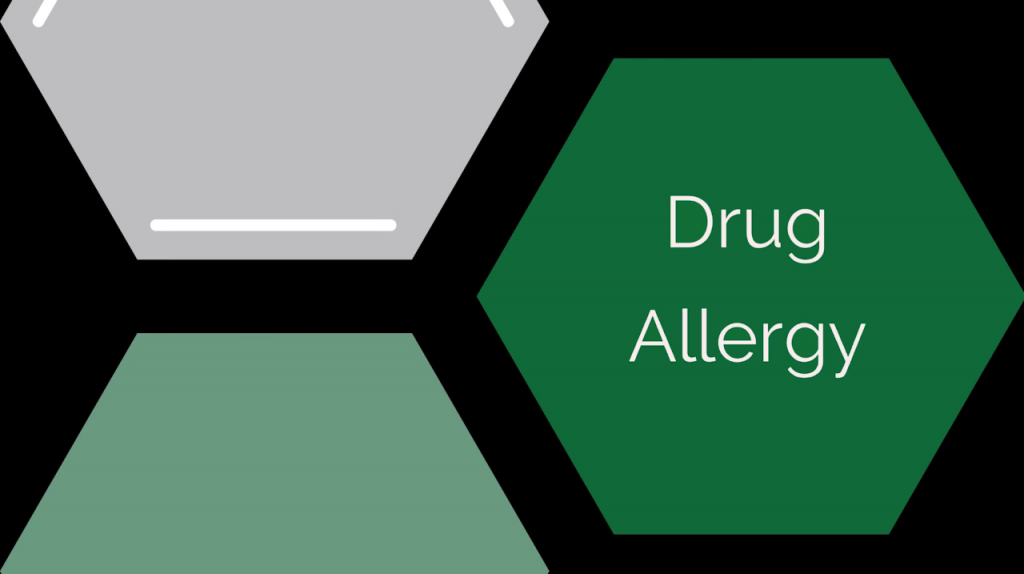Cannabis and Dentistry
Pharmaconsultant Partner, James J. O’Donnell PhD recently presented a seminar to the Lake County (IL) Dental (Society) on the topic of Marijuana: Considerations in Dental Practice. The PPT presentation provides a thorough review of marijuana pharmacology and toxicology information in general, and specific information relevant to Dentists. Anyone litigating (or using) marijuana may find this information useful and interesting. (PDF, 55 Slides)
The Opioid Crisis and What Has Been Learned
The Opioid Epidemic dominated the news for several years; Covid 19 virus pandemic has quieted the news but not the epidemic. We published a short article on the history and lessons learned for your information. Pharmaconsultant experts have consulted and testified extensively in opiate toxicity cases.
Beyond Medical Cannabis: Considerations for Updates to Hospital Policies and Procedures
Cannabis (marijuana) is classified as a schedule-I controlled substance, currently not accepted for medical use and with a high potential for abuse. As stated in a previous P&T article, although marijuana remains illegal at the federal level, 33 states have legalized its medical use for certain indications and 10 have legalized its recreational use.
Among those states are differing laws that regulate the possession or supply of usable marijuana, with certain states providing more flexibility than others when it comes to using medical marijuana.
Regulatory and Legislative Disparities With Cannabis Present Challenges to P&T Committees and Health Care Providers
Over the past several years, the legal status of cannabis has been determined by regulatory changes affecting its use, as well as the use of cannabidiol (CBD). Prior to 2018, CBD, along with all forms of marijuana, was considered a Schedule I controlled substance (CI), indicating that these drugs had no medical use and presented a high potential for abuse. On June 25, 2018, the Food and Drug Administration (FDA) approved Epidiolex (cannabidiol) for the treatment of Lennox-Gastaut and Dravet syndromes. Upon approval, …
Opiate Toxicity Video

Not a day goes by without multiple news reports about the opiate epidemic and opiate deaths in all walks of life. Dr. James J. O’Donnell has prepared a video explaining how opiates cause toxicity, specifically suppression of breathing, which is the mechanism of death in opiate toxicity and overdose.
This scenario presents in criminal law (drug induced homicide), as well as in civil/health care malpractice. Deaths occur on the street, in the hospital, and after discharge at home.
Drug Allergy Video

Allergic reactions can occur with any drug. Patients need to be constantly asked about allergic reactions, and notes/warnings/flags about allergies must be posted on all medical, health, pharmacy, and dental records. Some drugs cause allergies more than others, and patients with multiple allergies are at risk for more allergies and more severe reactions. Allergic reactions can be minor, a rash, itching, or severe/deadly, an anaphylaxis – unable to breath, loss of pulse, or severe swelling/ rash on the skin.
The minor reactions, with no prior reaction hisory, are unavoidable. They are important, and must be noted, because the second or subsequent exposures can result in a severe or deadly reaction. As a result of this, severe reactions are, in most cases, avoidable.
The video, presented by James T. O’Donnell Pharm D, discusses allergic reactions, risks, avoidance, and provides guidances for risk reduction of this very common and frequently deadly adverse drug reaction.
People v. Corlett – Drug Impaired driving conviction reversed – Issue of laboratory test integrity
People v. Corlett – Drug Impaired driving conviction reversed – Issue of laboratory test integrity
Selected Opiates Toxicity – A Modern Day Epidemic
Learning Objectives:
1. Identify the names and reasons/circumstances for additional toxicity of SELECTED OPIATES
Hydromorphone DILAUDID
Methadone
Fentanyl/DURAGESIC
Criteria for these selected opiates
2. Identify and discuss
education,
potency,
tolerance,
safety,
kinetics,
dosing
Opiates Toxicity Workshop-12-2013 (PDF of presentation)